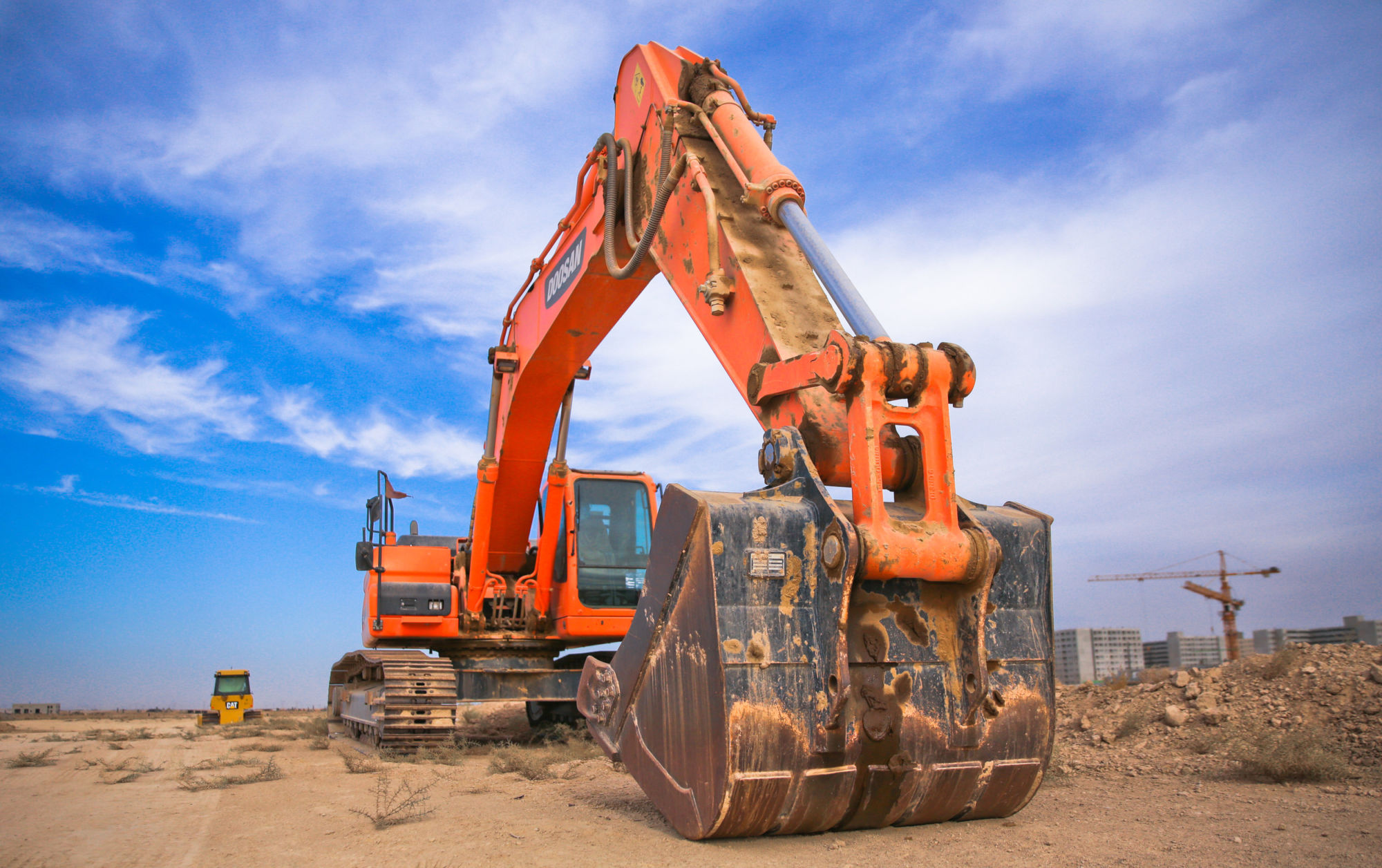Excavation refers to the removal of ground material for purposes related to construction or repair work.
The work consists of using special vehicles and sometimes explosives to aid in clearing an area of debris, natural or otherwise. The type and process for excavating depend on factors surrounding the work area, such as:
Objective or project type
Work area complications
Ground instability and required depth
Type of subsoil
Environmental aspects and weather conditions
While excavation is usually associated with construction and infrastructure, it is also done for other endeavors related to science and land remediation.
Different kinds of projects require specific excavation procedures that generally depends on the scope and size of the venture. Projects can range from road creations to underground tunneling. If you are starting out in the field of geology or worksite excavations, you should familiarize yourself with the basic types of infrastructure excavation.
Roadway Excavation
Roadway excavation is the process of clearing out paths and readying them for the creation of city roads, highways, or open parking lots.
Types Often Associated with Roadway Excavation:
Stripping Excavation
As the name implies, the stripping method refers to removing land materials and old roadways to make way for a new one. Part of the job is ensuring that the area is suitable for road grading. Meanwhile, the excavated materials are usually set aside at a temporary storing area where they will be assessed as waste or non-waste.
Topsoil Excavation
This simply refers to the excavation of a ground’s topmost layer, which is the topsoil. This should not be confused with the aforementioned stripping method. Both are similar in terms of work, but stripping goes even deeper than topsoil. The main goal of this method is to remove vegetation and other upper-layer materials that would make an area’s soil unsuitable for bearing weight.
Earth Excavation
Same objective as topsoil excavation, only one layer deeper. This is for the construction embankments, ditches, and foundations.
Bridge Excavation
Bridge Excavations are more complicated than roads given the scale and dangers that come with the process. It takes numerous factors into account, such as the structure’s abutment, its length and ground footing, its overall design, and so on.
Keep in mind that most historic disasters related to bridges had mostly to do with its design and maintenance rather than the quality of the ground they were placed on.
Types Often Associated with Bridge Excavation:
Underwater Excavation / Dredging
It is the job of removing debris from large bodies of water as a way to combat sediment and material clogging around harbors. While often associated with environment-related ventures, it is also used in the context of preparing an area for bridge construction.
Muck Excavation
Muck excavation refers to the removal of soil with high water content. This is to ensure stability in an area and to make it viable for the construction of tall structures.
Underground Excavation
Underground excavation is a daunting and delicate task that requires the use of specific methods for tunnel creation. Engineers are tasked to ensure that the worksite is continuously safe from the dangers of cavern collapse or worse— sinkholes.
Related projects for underground excavation include the creation of subway, tunnel roads, canals, mines, and basements.
Types Often Associated with Underground Excavation:
Rock Excavation
Despite the simplicity of its name, rock excavation refers to the challenging act of removing hard rocks. Oftentimes, special methods are needed for this type such as drilling and blasting. Weaker cases would simply need to employ the use of jackhammers.
Tunneling / Shaft Excavation
Shaft tunnels are created by excavating a downward, circular slope and using beams to support the walls temporarily before it is filled with concrete. This method is usually done for small tunnels, mines, and mine-like structures.
Excavation isn’t as simple as digging holes in the ground, especially when infrastructure is concerned. A lot of thought is put into these jobs to avoid disasters of any sort. Understanding a work area’s issues before laying down the foundation of any project is crucial for its success and structural longevity.
![]()








